Gram negative bacteria have been laughing at us but now we might finally have our revenge, with lolamicin.
Compound called lolamicin targets a group of harmful microbes but does not disturb those that live peacefully in the gut.
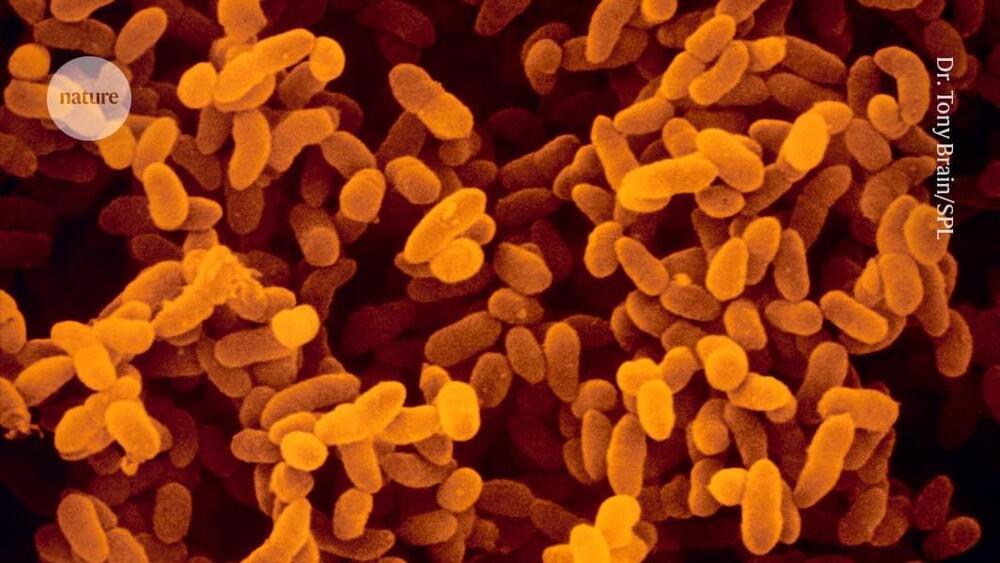


With the rise of AI, we’re abstracting complexity by embracing technologies that resonate with human intuition. Take ChatGPT, for instance. We can simply articulate our goals in plain English, and it generates code for provisioning the infrastructure accordingly.
Another approach is using visualization. For example, with Brainboard, you can draw your cloud infrastructure, and the necessary deployment and management code is automatically generated.
These examples illustrate the next-generation software and mindset. The shift is happening now, and the next set of tools will be adapted and optimized for humans.
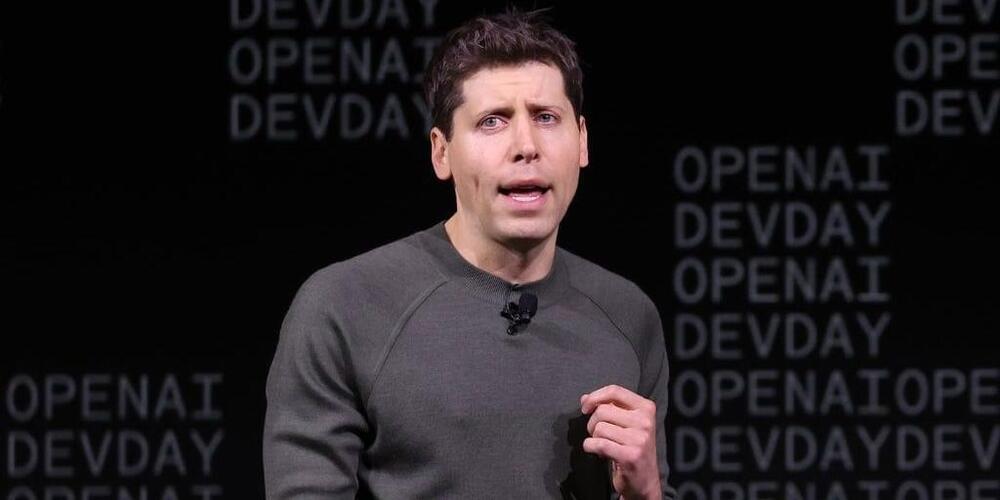

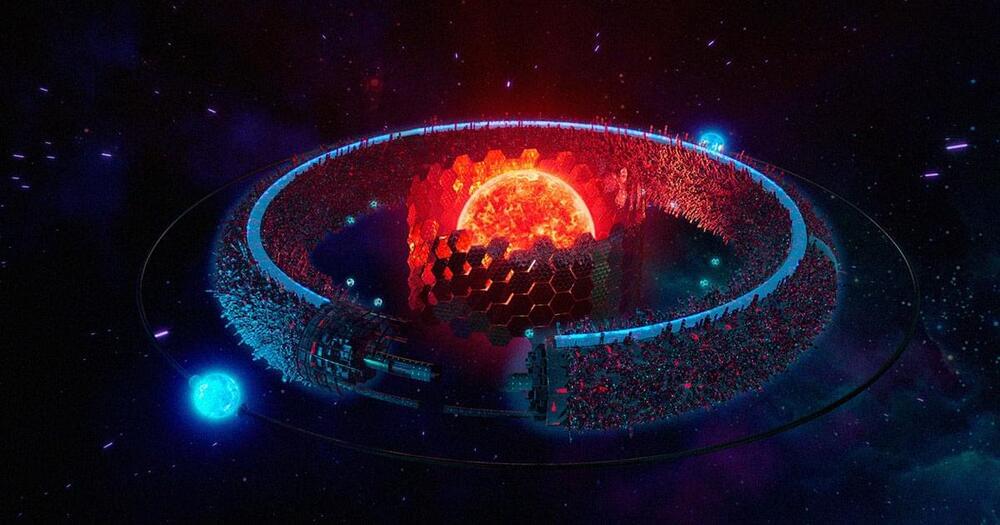
We’d need an astronomical amount of resources to construct a Dyson sphere, a giant theoretical shell that would harvest all of a given star’s energy, around the Sun.
In fact, as science journalist Jaime Green explores in her new book “The Possibility of Life,” we’d have to go as far as to demolish a Jupiter-sized planet to build such a megastructure, a concept first devised by physicist Freeman Dyson in 1960.
“If you wanted enough material to build such a thing, you’d essentially have to disassemble a planet, and not just a small one — more like Jupiter,” Green writes in her book.
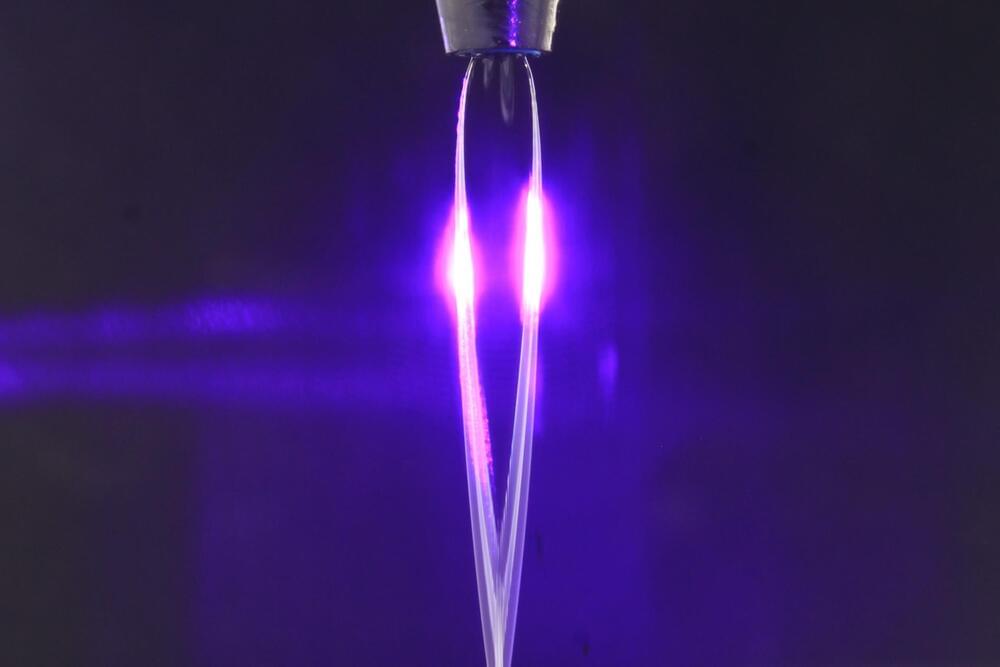
Water is usually something you’d want to keep away from electronic circuits, but engineers in Germany have now developed a new concept for water-based switches that are much faster than current semiconductor materials.
Transistors are a fundamental component of electronic systems, and in a basic sense they process data by switching between conductive and non-conductive states – zeroes and ones – as the semiconductor materials in them encounter electrical currents. The speed of this switching (along with the number of transistors in a chip) is a primary factor in how fast a computer system can be.
Now, researchers at Ruhr University Bochum have developed a new type of circuit that can switch much faster than existing semiconductor materials. The key ingredient is, surprisingly, water, with iodide ions dissolved into it to make it salty. A custom-made nozzle fans this water out into a flattened jet only a few microns thick.
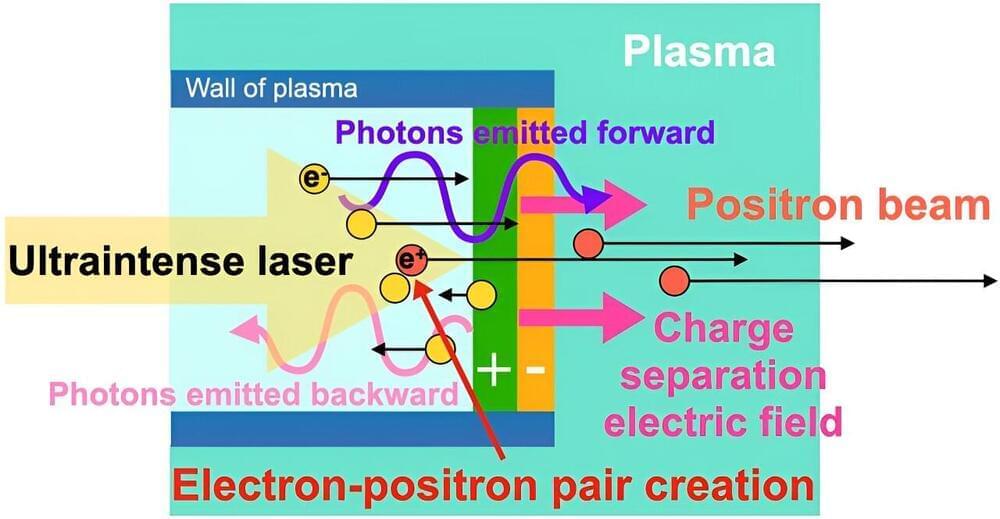
Year 2023 face_with_colon_three
A team led by researchers at Osaka University and University of California, San Diego has conducted simulations of creating matter solely from collisions of light particles. Their method circumvents what would otherwise be the intensity limitations of modern lasers and can be readily implemented by using presently available technology. This work might help experimentally test long-standing theories such as the Standard Model of particle physics, and possibly the need to revise them.
One of the most striking predictions of quantum physics is that matter can be generated solely from light (i.e., photons), and in fact, the astronomical bodies known as pulsars achieve this feat. Directly generating matter in this manner has not been achieved in a laboratory, but it would enable further testing of the theories of basic quantum physics and the fundamental composition of the universe.
In a study published in Physical Review Letters, a team led by researchers at Osaka University has simulated conditions that enable photon –photon collisions, solely by using lasers. The simplicity of the setup and ease of implementation at presently available laser intensities make it a promising candidate for near-future experimental implementation.

They found emissions of SO2 and NOx – both linked to increased asthma risk and a variety of other health issues – decreased by a total of 1m metric tons over that three-year period.
To determine the impact of that reduction on public health, the authors “used air quality models to track the population exposed to pollution from power plants”, Millstein said. They also employed epidemiological research to examine the effects of those emissions, and quantified the benefits by using an Environmental Protection Agency dollar value establishing the value of reducing the risk of early death across the population, he said.
All told, the emission reductions from SO2 and NOx provided $249bn of climate and health benefits to the US, the authors found – a figure Millstein said he found was “noteworthy”
